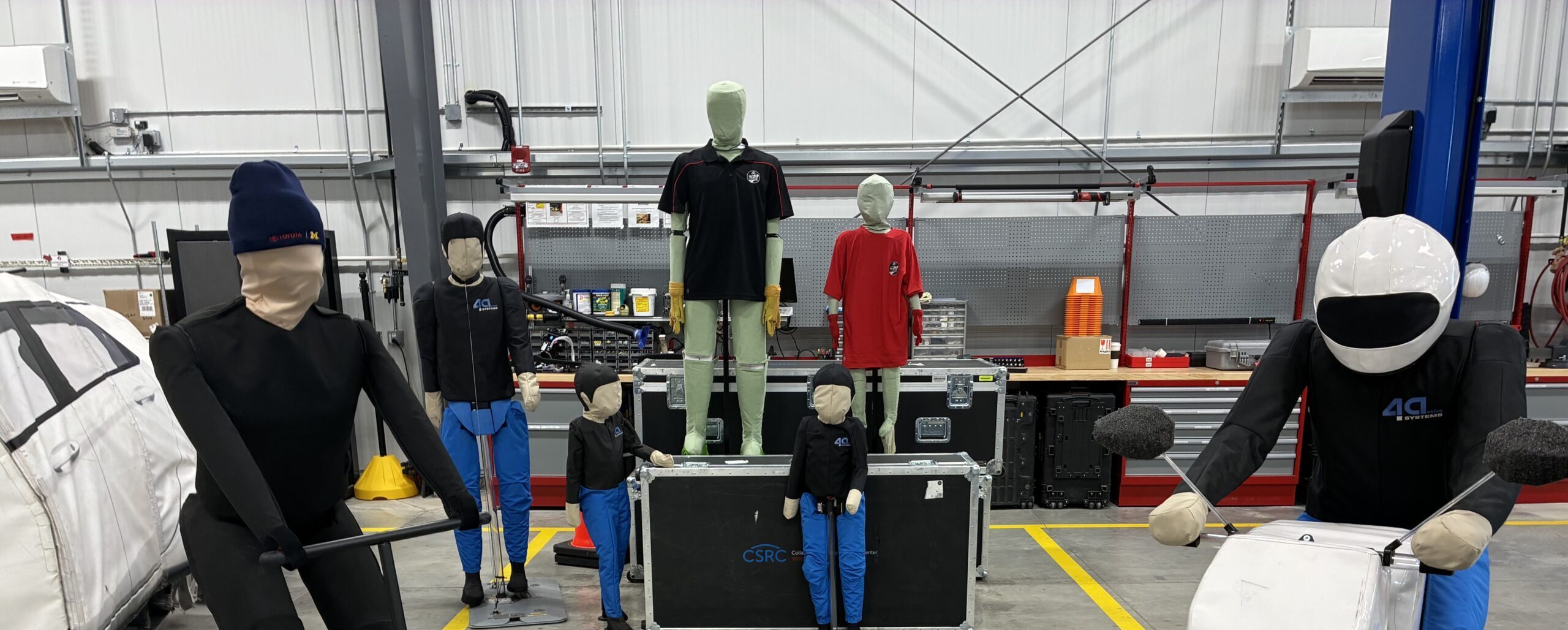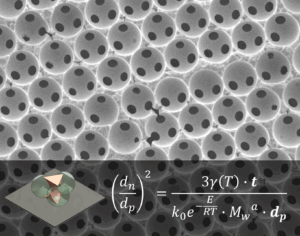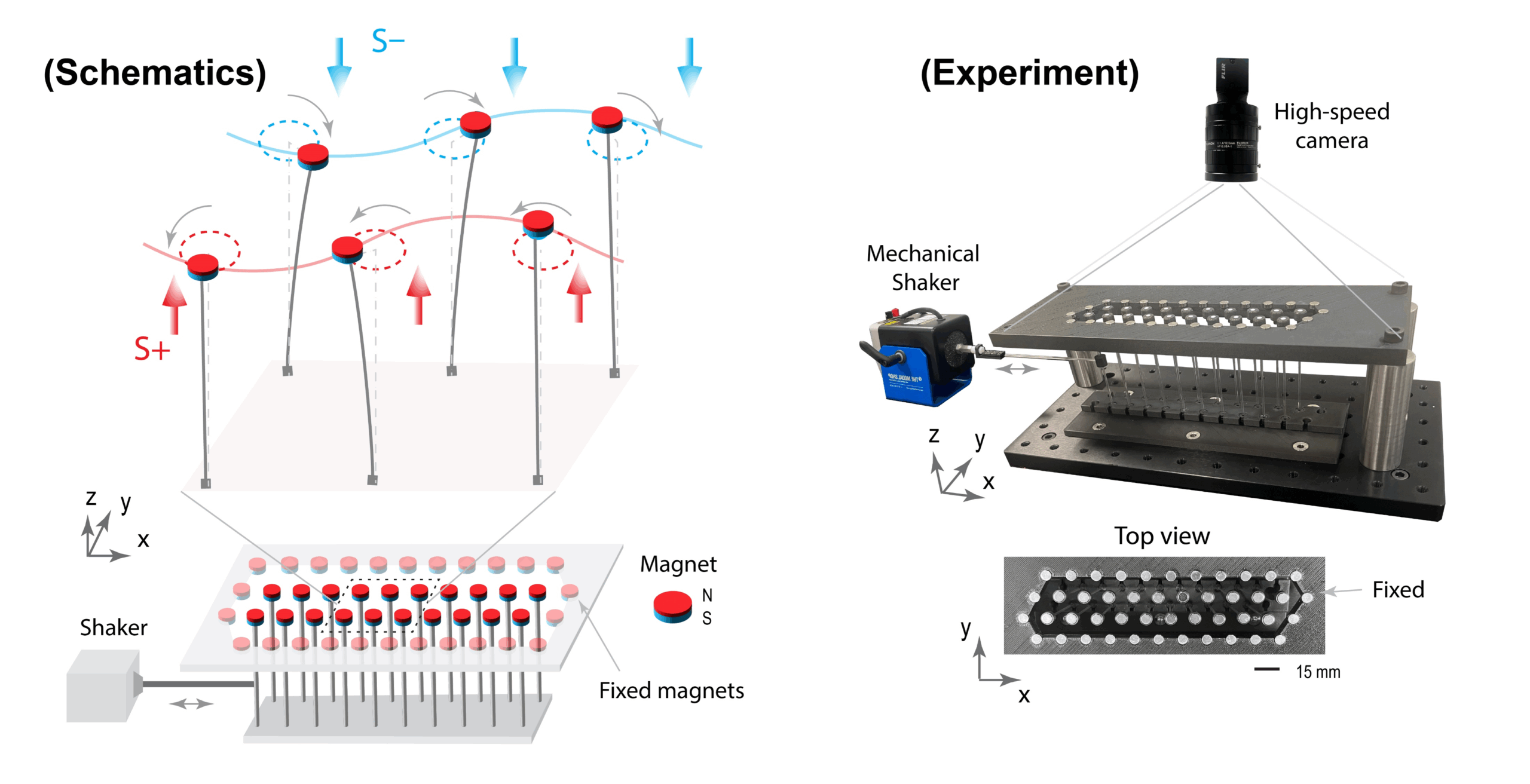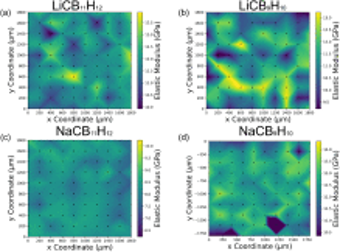
TRINA and UIUC Researchers Design Tunable Polymer Electrolytes for Safer, High-Performance Lithium Batteries
Research, In the News, TRINA
ANN ARBOR, MI A collaborative team led by Dr. Shailesh Joshi, Dr. Tim Arthur, Prof. Chris Evan, and Prof. Paul V. Braun at the University of Illinois Urbana-Champaign has unveiled a new class of solid-state polymer electrolytes (SPEs) that could advance lithium-ion battery technology. Published in Journal of Polymer Science, their work tackles the longstanding … Continued

Tiny Pillars, Big Impact: Taehwa Lee’s Team Unveils Micropillar Resonators for Directional Acoustic Sensing
Research, In the News, TRINA
ANN ARBOR, MI In a recent Editors’ Selection publication in Physical Review B, Dr. Taehwa Lee and his team unveiled a novel method to detect the direction of surface acoustic waves (SAWs) using a single subwavelength micropillar resonator. This breakthrough provides a compact, efficient solution for monitoring SAWs, which play crucial roles in modern electronic … Continued

Celebrating 100 CSRC Projects and Counting
Research, In the News, CSRC
ANN ARBOR, MI Toyota’s Collaborative Safety Research Center (CSRC) announced today the completion of its 100th research project, a collaboration with the Massachusetts Institute of Technology (MIT) AgeLab. The project characterized non-driving related tasks during highway driving, with and without driver assistance technologies. At a media event today in Michigan, the teams presented some of … Continued

The Science of Sintering: Predicting Inverse Opal Structures Using Polymer Physics
Research, In the News, TRINA
ANN ARBOR, MI A recent study by the Electronic Research Department provides groundbreaking insights into how polystyrene beads can be sintered to form highly ordered inverse opal (IO) structures—porous materials used in optics, catalysis, and thermal management. The research explores how the sintering process shapes the morphology of copper inverse opals (CIOs), highlighting the critical … Continued

Elastic Spin Waves Take Shape: TRINA Team Creates Magnetic Lattice for One-Way Sound Control
Research, In the News, TRINA
ANN ARBOR, MI In a breakthrough that merges mechanics and magnetism, Dr. Taehwa Lee and his team have developed a novel elastic metamaterial capable of supporting spin angular momentum (SAM) in sound waves. Published in Advanced Physics Research, the study reveals a discrete mechanical system that enables unique control of elastic waves—an achievement with exciting … Continued

Quantum Defects: Thermal Pathway for Engineering SiC Qubits
Research, In the News, TRINA
ANN ARBOR, MI A recent study by Dr. Taishi Kimura, published in Applied Physics Letters, advances our understanding of divacancy (VV) defect formation in silicon carbide (4H-SiC)—a material gaining attention as a scalable platform for quantum technologies. VV centers, known for their optically addressable spin states, are key candidates for solid-state quantum sensors and communication … Continued

Unveiling the Mechanical Properties of Boron Cluster Electrolytes for Solid-State Batteries
Research, In the News, TRINA
ANN ARBOR, MI Polyhedral boron cluster salts, known for their high ionic conductivity and electrochemical stability, are emerging as promising candidates for solid-state battery electrolytes. However, their mechanical properties—key to maintaining contact and structural integrity during battery operation—have remained largely unexplored. This study addresses that gap by directly measuring the elastic modulus and hardness of … Continued

Turning Corners To Help Improve Intersection Safety
Research, In the News, CSRC
ANN ARBOR, MI With more than 50% of the combined total of fatal and injury crashes occurring at or near intersections, Toyota’s Collaborative Safety Research Center (CSRC) works diligently to help prevent these outcomes. In a recent collaboration with Virginia Tech Transportation Institute (VTTI), the team constructed a driver behavior model in intersection crashes based on … Continued

CSRC Research Enables New International Standard for Automated Vehicles
Research, In the News, CSRC
ANN ARBOR, MI The Collaborative Safety Research Center (CSRC) is proud to share the newly published ISO/PAS 23735:2025, “Road vehicles — Ergonomic design guidance for external visual communication from automated vehicles to other road users.” Published by the International Organization for Standardization (ISO), this document provides a standard framework for considering automated vehicle communications with … Continued

Toyota CSRC and Drivers’ Decision to Speed
Research, In the News, IVS, CSRC
ANN ARBOR, MI Toyota’s Collaborative Safety Research Center (CSRC), as part of its mission to advance mobility safety for industry and society, has looked for opportunities to better understand the complicated reasons why drivers continue to exceed speed limits. Beyond our research, one of Toyota’s approaches to safe driving is to give drivers the tools … Continued
